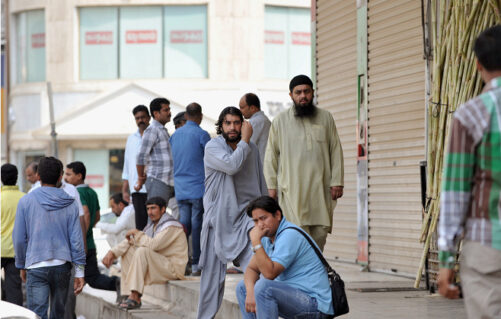February 16th, local time, Saudi media quoted research institutions to report that due to the impact of the COVID-19 epidemic and regional economic weakness, the six member countries of the Cooperation Council for the Arab States of the Gulf (Saudi Arabia, the United Arab Emirates, Bahrain, Kuwait, Qatar and Oman) will have an overall resident population in 2020. A year decrease of 4%.
According to the report, the large number of foreign workers leaving the six Gulf countries during the epidemic, coupled with governments restricting the employment of foreigners at the policy level to boost the employment rate of their nationals, the decline in the resident population of the six Gulf countries will continue at least until 2023.
According to local law, there is a large gap between nationals and foreigners of the six Gulf countries in terms of wages, treatment and labor security, so countries generally rely more on foreign labor in construction, finance and services.
Statistics show that 90% of the private sector labor force in the six countries was once foreigners, coupled with the high fertility rate of their citizens, which drove the resident population of these countries to grow rapidly in the early 21st century and peaked at about 6% in 2007.
However, after the collapse of international oil prices in 2014, the economic pressure of the countries concerned surged, and some countries adopted policies to encourage employment for their nationals at the same time, which reduced the average annual growth rate of the resident population of the six Gulf countries to about 2.3% between 2015 and 2019.



